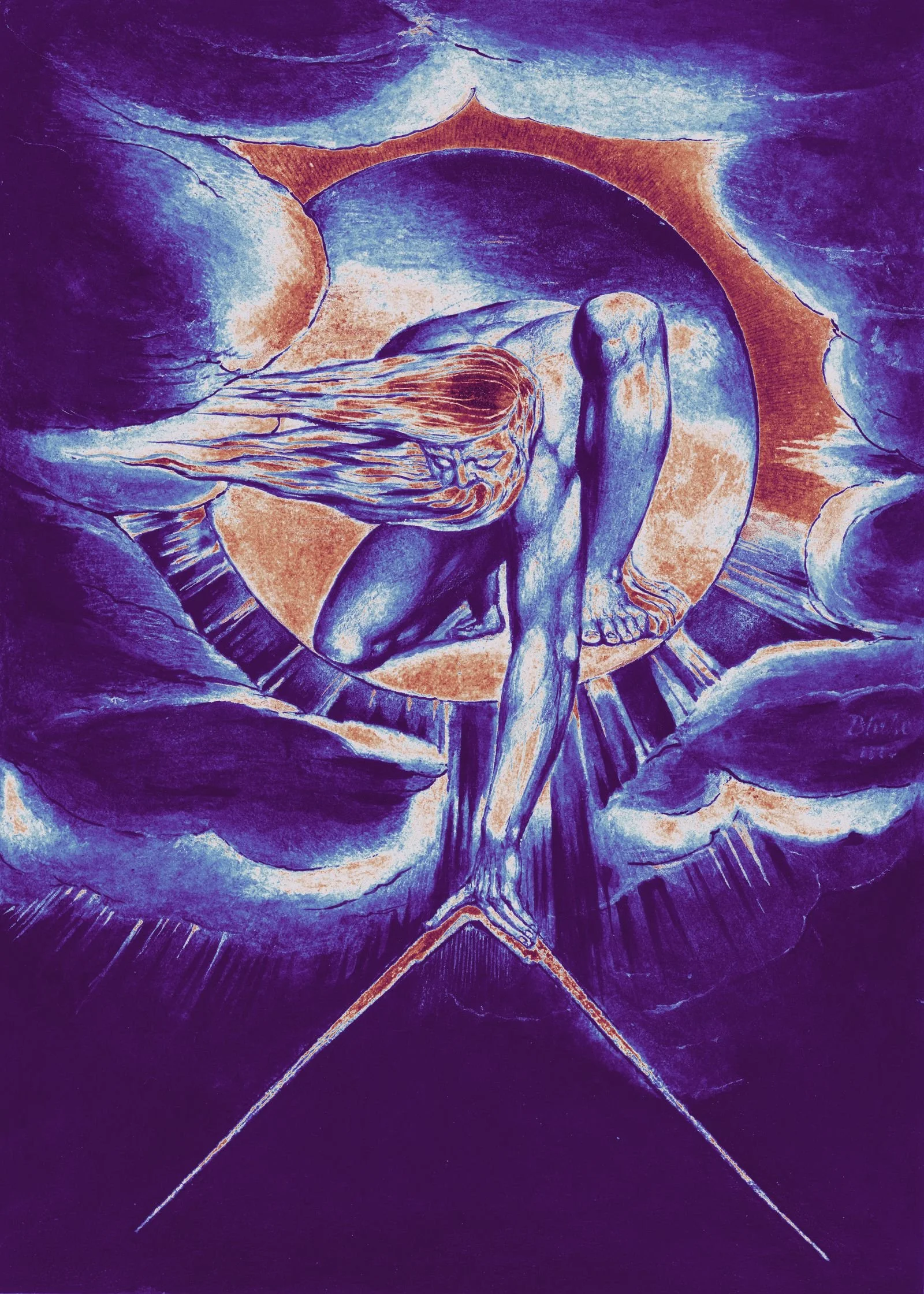Last year, I predicted various events and outcomes based on my own experiences and conversations and readings. Those predictions, as they tend to do, varied wildly in their outcome.
We all understand that predictions and “best of” lists and ratings exist for conversation and debate. This year, however, I want artificial intelligence to create the debate.







![Savings and [Distributed] Loans](https://images.squarespace-cdn.com/content/v1/5b818890297114b18b5c6121/ec15f8d5-866e-4556-9dde-4494eb09b974/Distributed+Model.png)
